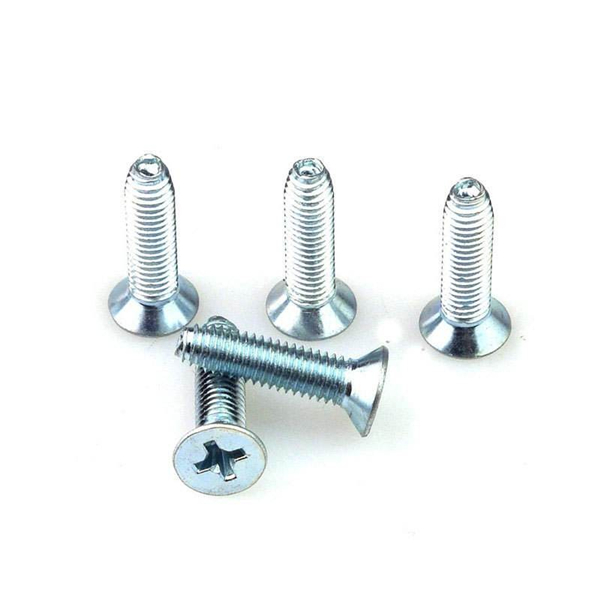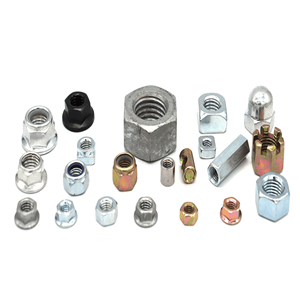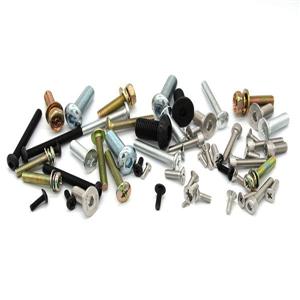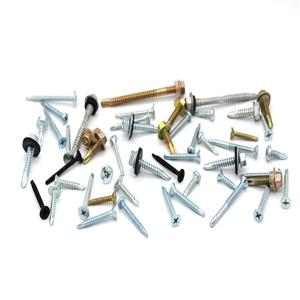Cross recessed countersunk head screw use method and precautions
The cross recessed countersunk head screw is a commonly used accessory for fastening parts and plays a very important role in fastening parts. So what are the methods for using the cross recessed countersunk screws? What are the things to be aware of when using the cross recessed countersunk screws? Here is a detailed introduction to the use of the cross recessed countersunk screws and precautions, I hope to help everyone.
Cross recessed countersunk head screw
Cross recessed countersunk screws are mostly used in places where the surface of the parts cannot be raised after installation. The parts to be fastened are thick and thin. The so-called thick, that is, the thickness of the parts to be fastened is larger than that of the cross recessed head. The thickness of the screw head, after the screw is tightened, there is still a part of the screw thread does not enter the threaded hole. In this case, the cross recessed countersunk head screw can be tightened.
There is usually also a case where the thickness of the fastened part is less than the height of the head of the Phillips countersunk head screw, which is common in mechanical equipment for sheet metal parts, such as the hinge of the chassis and the connection of the door and the case; The connection of the sheet metal cover to the equipment, etc.
Due to the small thickness of the part, the fastened sheet metal part, the screw through hole completely becomes a tapered hole. In this case, when the cross recessed countersunk screw is tightened, the screw head is not tapered. Gold piece, but the bottom of the screw head and the top of the threaded hole are crushed. Although the screw is felt to be tightened, the sheet metal piece is jammed instead of being pressed. In this case, although the screw is felt to be tightened, But the sheet metal parts are not really tightened. This is a very common situation.
Let me talk about the reason for the processing: the head of the Phillips countersunk head screw has a 90° cone angle. Usually, the top angle of the newly bought drill bit is 118°-120°. Some workers who lack training do not know this angle. Poor, often directly with a 120 ° drill hole reaming, which causes the cross recessed countersunk head screw is not the head cone face force, but a line at the bottom of the screw head is strenuous, this is also the so-called cross recessed countersunk head screw is not tight One of the reasons for living.

Cross recessed countersunk screw precautions
1. The taper of the reaming should be 90°. To ensure the guarantee, it is better to be less than 90°, not more than 90 °. This is a key trick.
2. If there are multiple cross recessed countersunk screw holes on the part, it should be precise when machining. Once drilled, the assembly is difficult to see, but as long as the error is not large, it can be tightened, because if the screw is drilled, the diameter of the screw It is not very large (approx. 8mm). When there is an error in the hole pitch, the screw head will be deformed due to the force when it is tightened or loosened.
3. If the thickness of the sheet metal is less than the thickness of the head of the Phillips countersunk head screw, the screw of the smaller one can be replaced, or the hole can be reamed smaller or the hole diameter can be enlarged to make the part pressure less tight.
The above is about the use of the cross recessed countersunk head screw and the precautions. I hope everyone will understand the use of the cross recessed countersunk head screw and the precautions.




